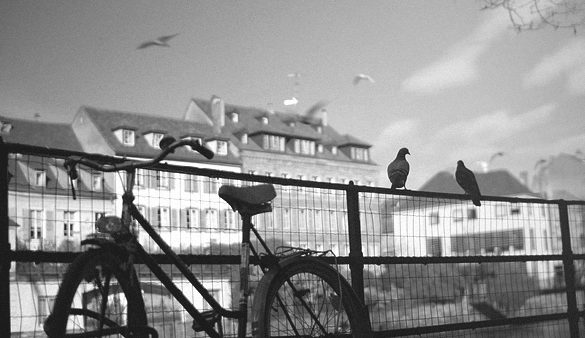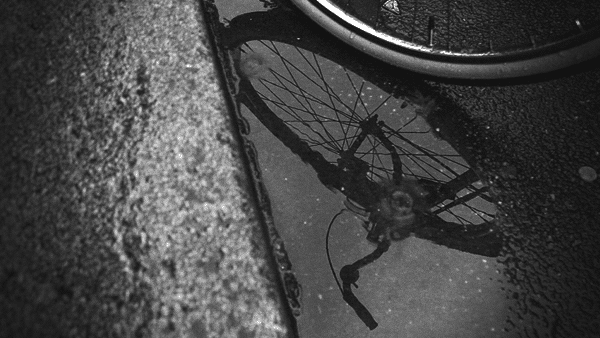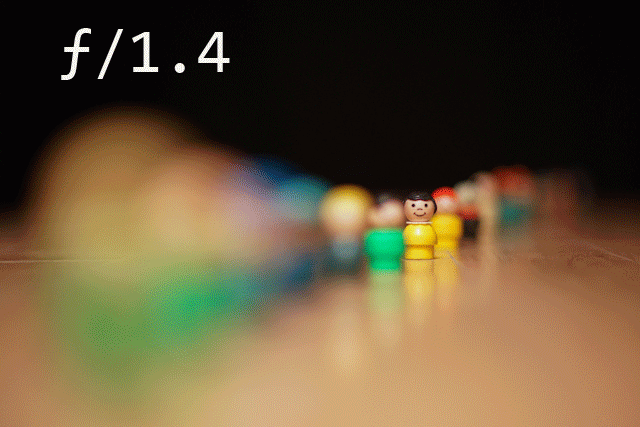Destination: Yarra Valley
Mission: Scout, Locate, Film
Chance of success: A bucketful of sunshine
The Yarra Valley Roadtrip from one end of the earth to another proved aplenty:
- Nature churns the creative bubbles. As soon as I sat myself down, I haven’t stopped writing my thoughts and plans, which I hope to regale you all here too.
- There are so many dashing locations that are, of course, obstructed by “Private Property” signs, electric fences or a huge lake and you do not own a boat . Shame.
- Good establishing footage, check. Shoot to edit, not so much. Abstract, but it gives one a sense of place and further practice of framing, composition, exposure and pull-focus.
In all the trip’s entirety, however, what I garnered is yet again, something that alludes to static movement and its use. My premise? Static movement and the mundane must be shot in consequence of each other.
I know that it could be rather ambitious to include a narrative into the picture, but I want to investigate the possibility of it anyhow because I cannot help but be empathetic. Example of such wizardry below:
Excusing the liberties I’ve taken with scriptwriting rules above, I’ve been contemplating on how I could possibly introduce Static Movement into a short film without just making a series/sequence of cinemagraph scenes one after another. What I want to achieve is the collaboration and the amalgamation of static movement and normal filming principles to make one, cohesive film/short without making it too stunted nor overtly artsy. I would like to be able to tell a story, evoke emotional empathy and at the same time use above filming principles all in one project.
Using the scene above, I would like to investigate the fluidity of the transition from the static movement shot to the Close Up of The Roman’s face, which leads to the progression of the story. What will the outcome be? Will the transition be too jarring? Or will it punctuate the emotional resonance I am trying to achieve in this scene? And if it turns out incongruous and incompatible, could the application of 2D animated static-movement techniques (i.e. Studio Ghibli films) help even this out?
We start with the basics first, so like above, capturing the emotions before moving on to something like an action scene or ones with lots of movement.
In approaching this investigation here’s a list of to-do’s:
- Make my own cinemagraph…or a thousand because practice makes perfect
- Ask the fellow padawan learners and J. Master Paul of what he thinks of above
- Re: feedback, work on writing a shot-list/script
- Create a mood board
- Presentation of ideas to class for feedback
- We start from there
ps. A sample mood from Julien Douvier, simulacres, simulation







